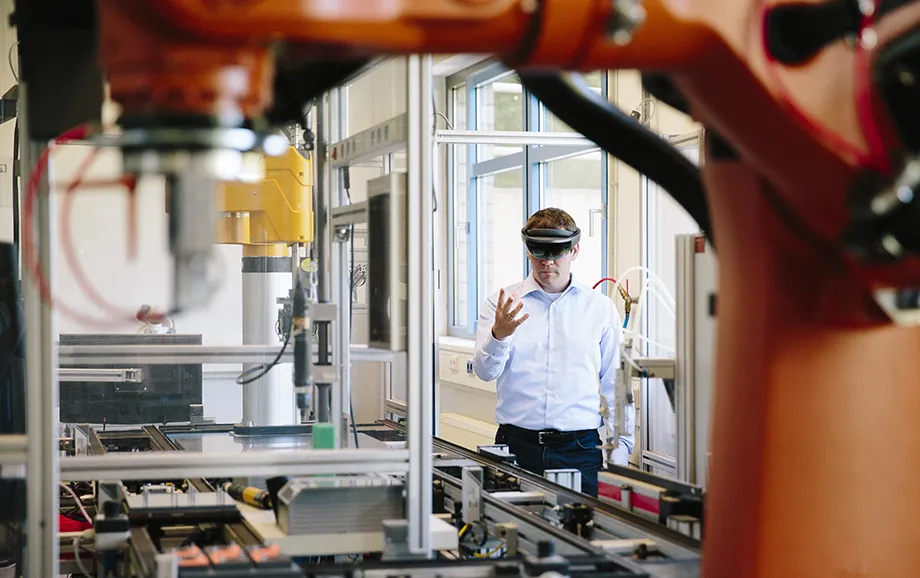Revolutionize Manufacturing with 3D Digital Twins
In today’s fast-paced world of manufacturing, innovation is key to staying ahead of the competition. One technology that is revolutionizing the manufacturing industry is the use of 3D digital twins. These digital replicas of physical objects or systems provide a virtual representation that can be used for design, simulation, and monitoring. Let’s explore how 3D digital twins are changing the landscape of manufacturing.
Enhanced Design and Prototyping
Traditional design processes often involve costly and time-consuming physical prototypes. With 3D digital twins, designers can create virtual models of products and test them in a simulated environment. This allows for faster design iterations and more efficient prototyping. By using 3D digital twins, manufacturers can identify potential issues early in the design process, saving time and resources.
One technology that is making 3D digital twins more accessible is Matterport. Matterport’s 3D scanning technology allows for the creation of high-quality, realistic digital replicas of physical spaces. This technology can be invaluable for manufacturers looking to create accurate digital twins of their production facilities.
Optimized Manufacturing Processes
3D digital twins can also be used to optimize manufacturing processes. By creating virtual representations of factory layouts and equipment, manufacturers can identify bottlenecks, streamline workflows, and improve overall efficiency. Real-time monitoring of production processes through digital twins can help manufacturers make data-driven decisions to increase productivity and reduce downtime.
Predictive Maintenance and Quality Control
Another key benefit of 3D digital twins in manufacturing is the ability to implement predictive maintenance and quality control measures. By monitoring the performance of equipment in real-time through digital twins, manufacturers can proactively identify potential issues before they lead to costly downtime. This predictive approach can help manufacturers optimize maintenance schedules and ensure consistent product quality.
Conclusion
As technology continues to advance, the use of 3D digital twins in manufacturing is becoming more prevalent. By leveraging digital replicas of physical objects and systems, manufacturers can enhance design and prototyping, optimize manufacturing processes, and implement predictive maintenance and quality control measures. With the help of technologies like Matterport, manufacturers can benefit from accurate and realistic digital twins that revolutionize the way products are designed, produced, and maintained.

